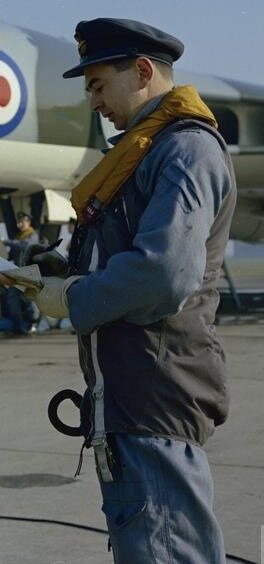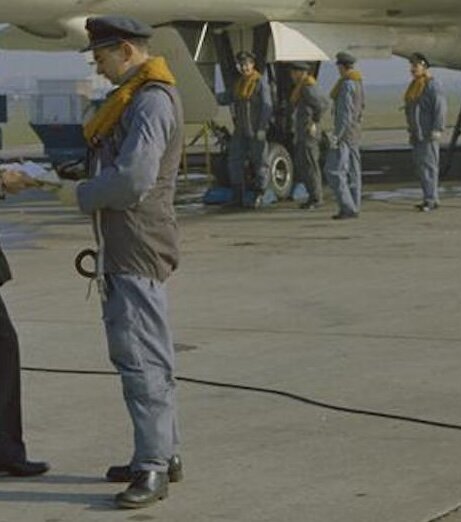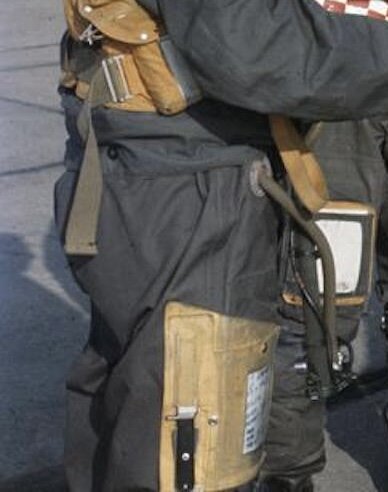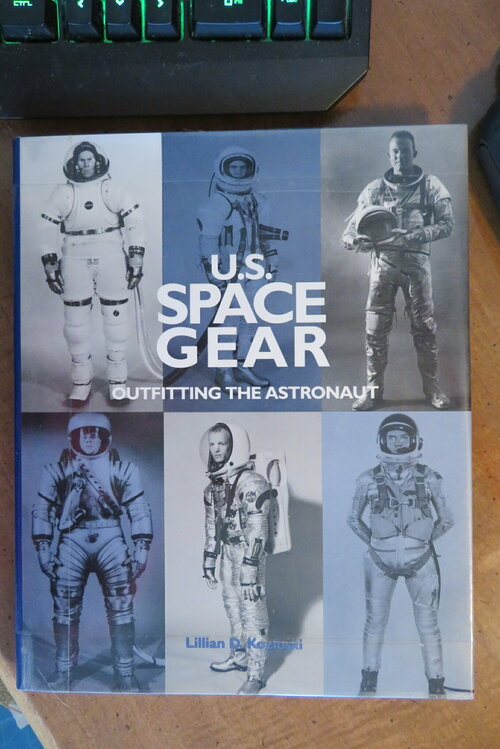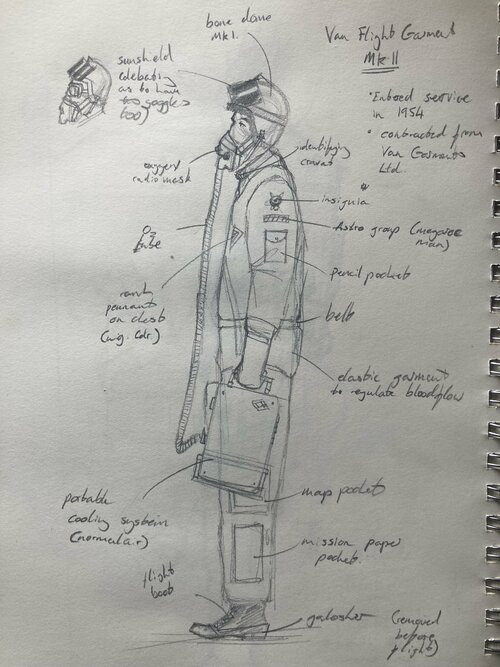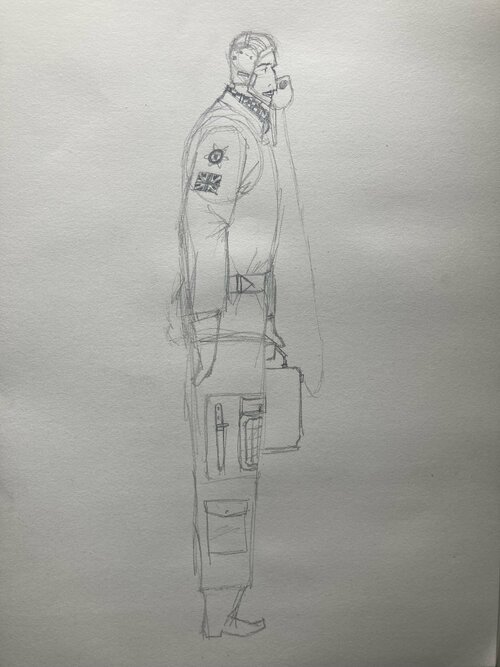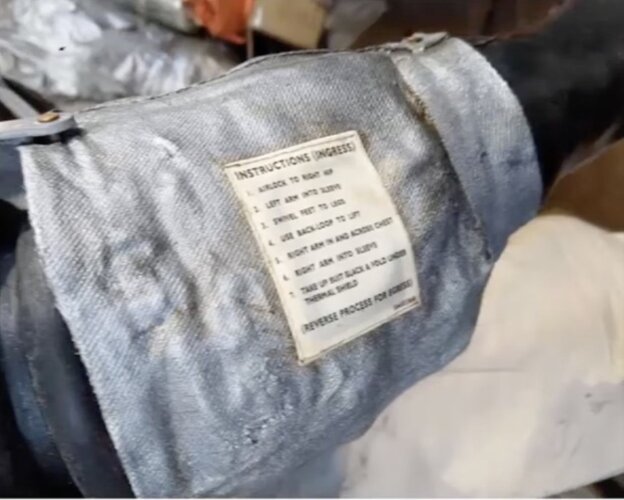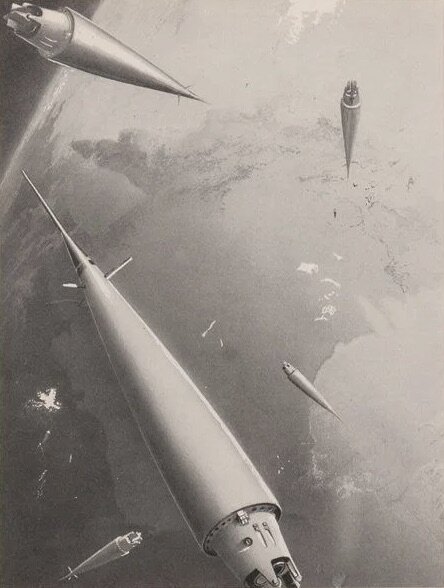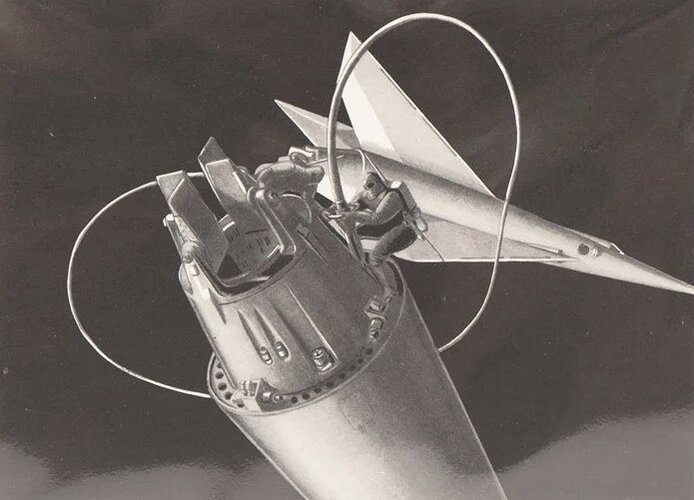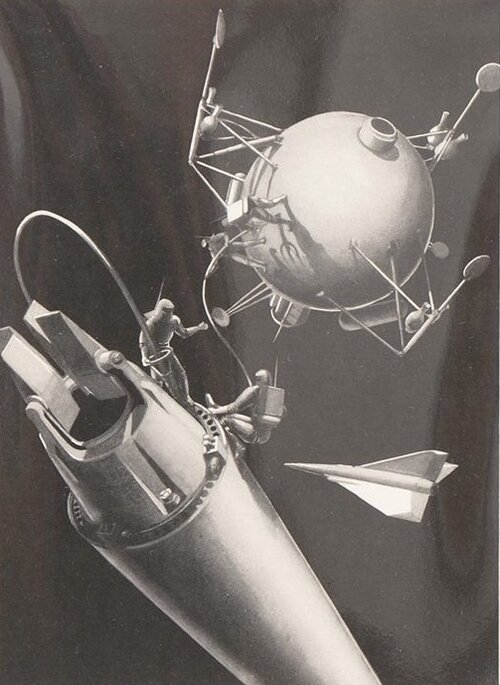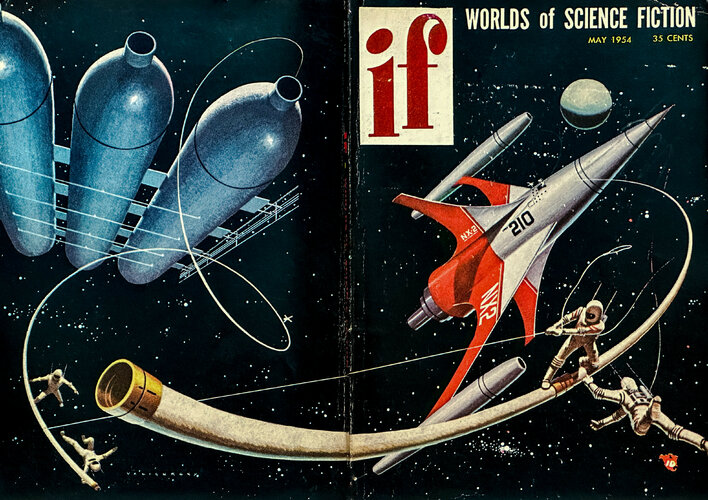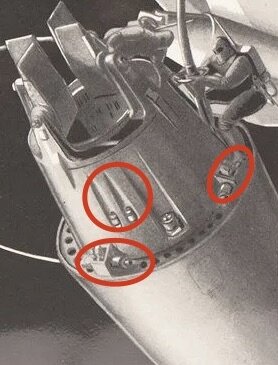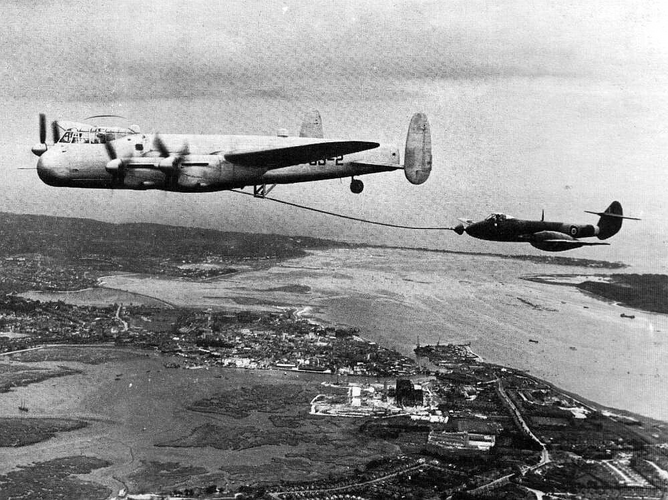Yes and No
You need a believable infrastructure, most will be decor in your game, but give credit to Worldbuilding, convincing the player
Large Launch complex
Heavy Launch rocket, somehow that stuff in orbit on Moon and Mars has to be launch...
Manned Launch Rocket aka Space Shuttle and one with more then two seats
you can keep the Glider als British Military part like RoBo or Dyna Soar
need low orbit Space station ? or goes Shuttle direct to moon (nuclear engine ) or dock with nuclear Ferry for that ?
Surface Base and ground vehicle
need for interplanetary space craft that goes to Mars, Venus, Jupiter ?
All this need Power: Solar Thermal or Nuclear ? that influence the Design and needed Game engine for your game !
what i mean is the Large mirrors for Solar Thermal power plant and it rendering by game engine.
Realistic or Ray-Gun aesthetically pleasing ? since you walk in H.G. Wells territory !
Go ahead its free design, just put my name in small print as free contribution...
I'll go through it point by point, as there is a fair bit to cover:
- For a large launch complex, the Rocket Research Establishment was built on the Kenyan coast, with three orbital launch complexes (two manned, one unmanned. These complexes are the more traditional V-2 basin, with three basins per complex.)
- A larger, lunar launch complex is a little further down the coast, out of the way, as it uses a chemical and nuclear booster.
- Check in the glider, it has two seats
- The BIC is a more civilian agency, but I don't see why they couldn't have fitted one of those photo-recon cameras they had on later mark spitfires...
- Well, the BIC has got the station, but it isn't necessarily needed for sending a small glider to the moon, as the glider would rendezvous with a tanker rocket, manoeuvre next to it, the crew EVAs, then connects a pipe to pump the fuel. This is just enough of a boost to get it to TLI
- There is a large surface base (Prospero Point) at Mons Piton, about 150 personnel, but it was operating at about 100 at the time of the siege, as the other 50 had gone off to man the base camps further afield. Surface vehicles consist of a modified Conqueror chassis with the turret removed and a barrel shaped, pressurised crew compartment, that can house 4 men for about 3 weeks.
- They haven't sent anything to mars yet, as the moon race took priority.
- The power supply for the base is largely supplied by an array of Solar Mirrors, and a nuclear reactor, the Thunderchild.
- I'd definitely say much more realistic than ray gun, but perhaps a bit of aesthetically pleasing stuff wouldn't be amiss.
- As for you name, perhaps you could be the official, in-universe, contractor for the flight suits "Van Flight Garments ltd."


